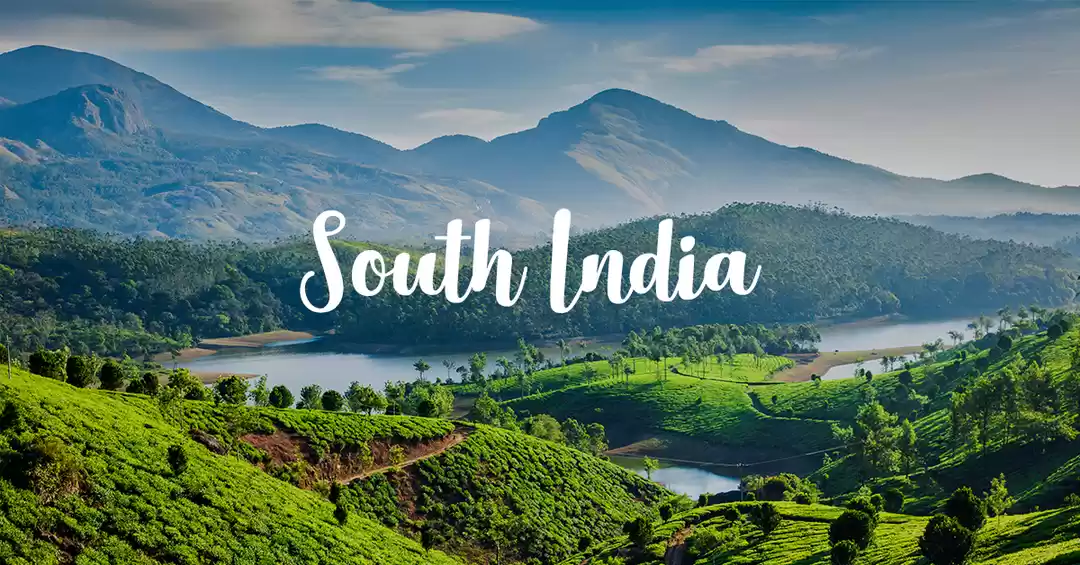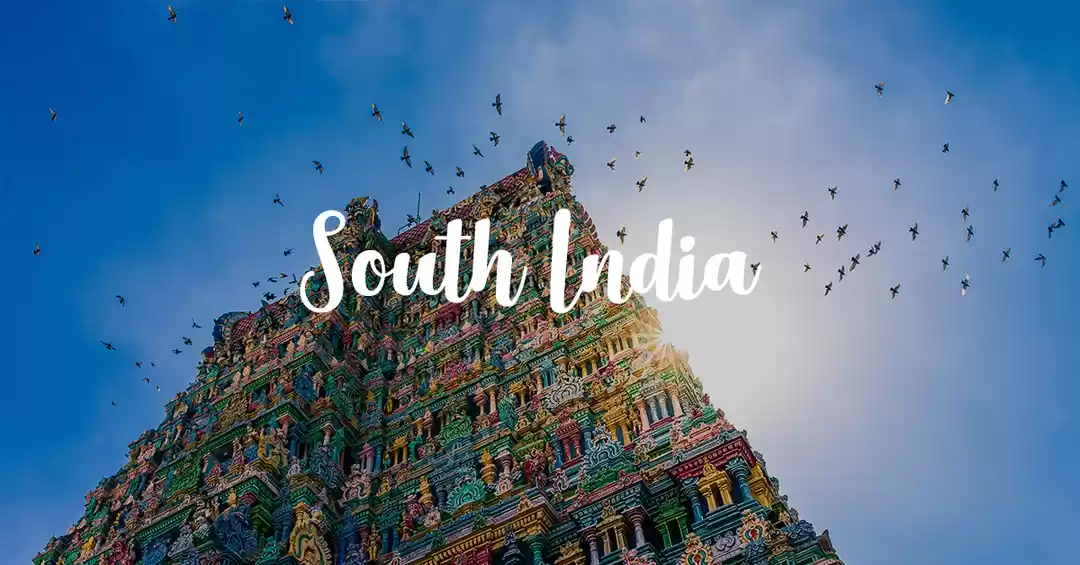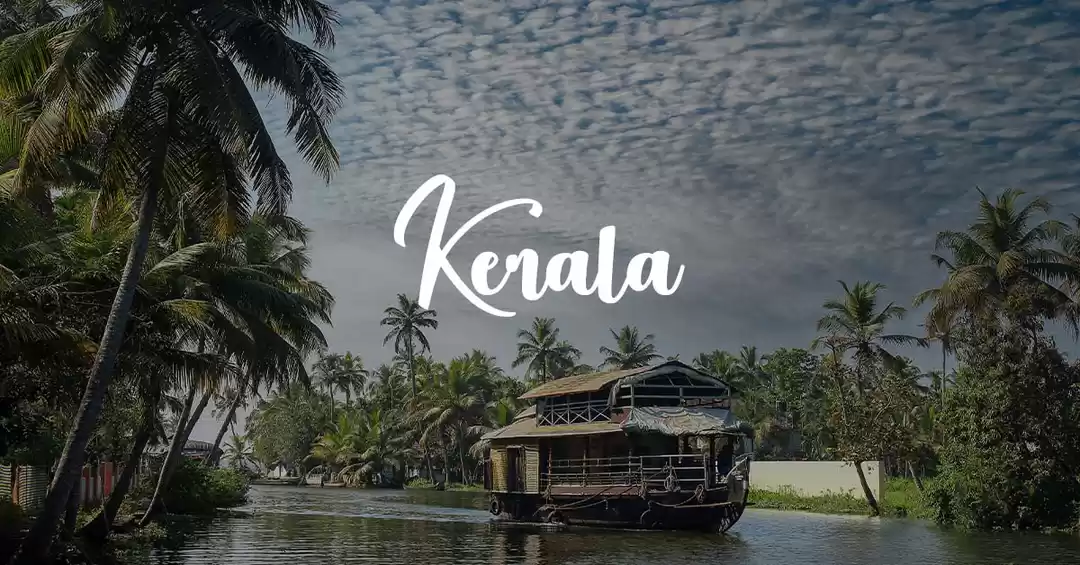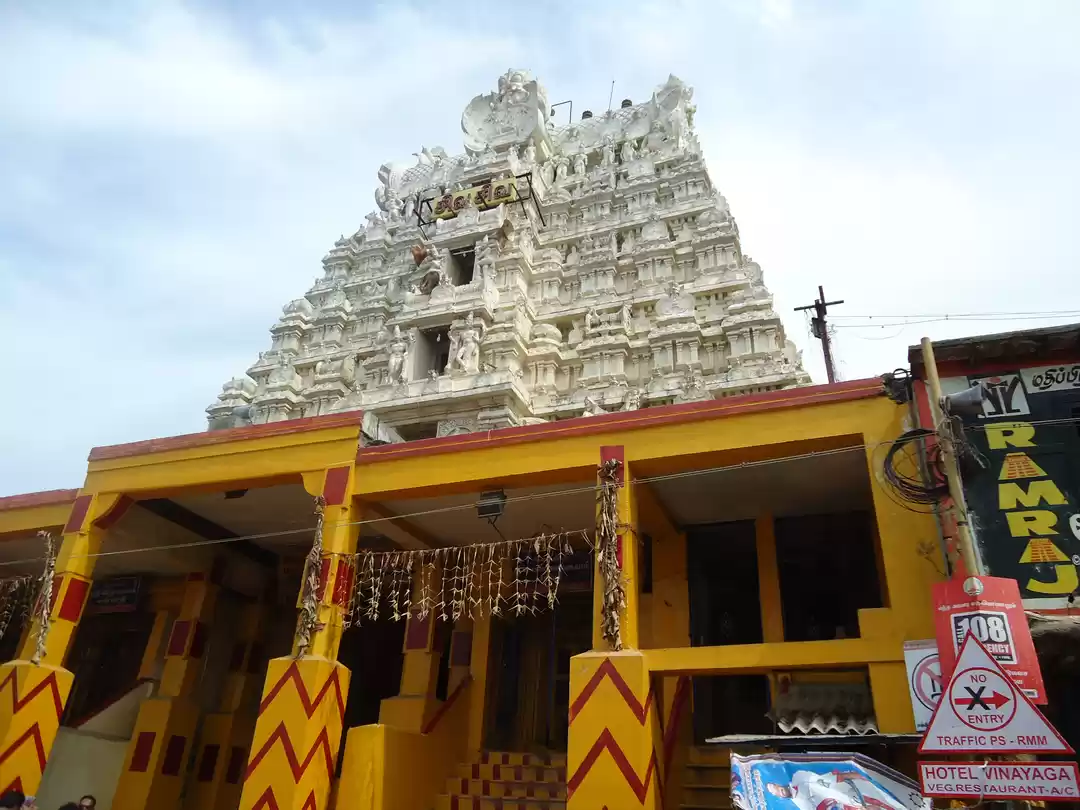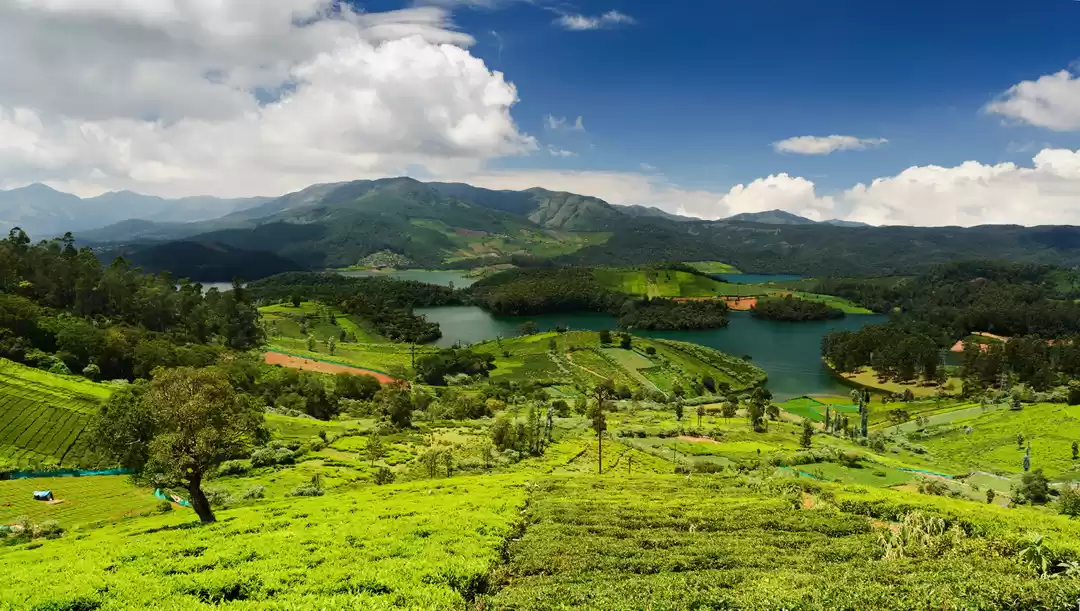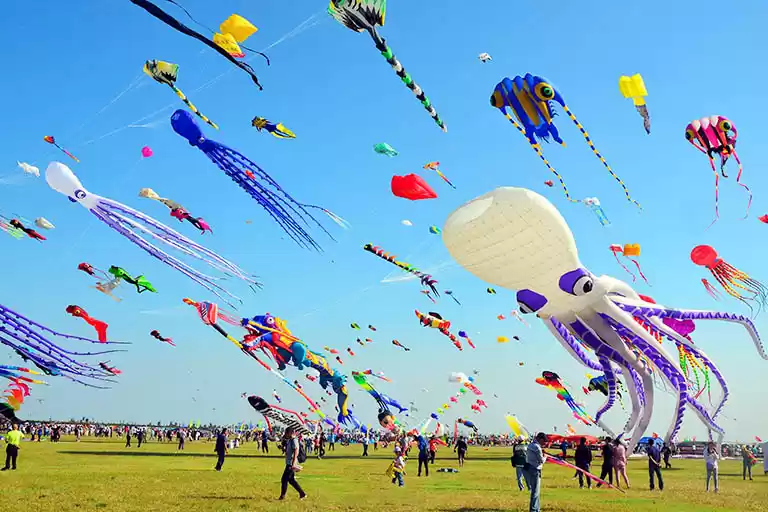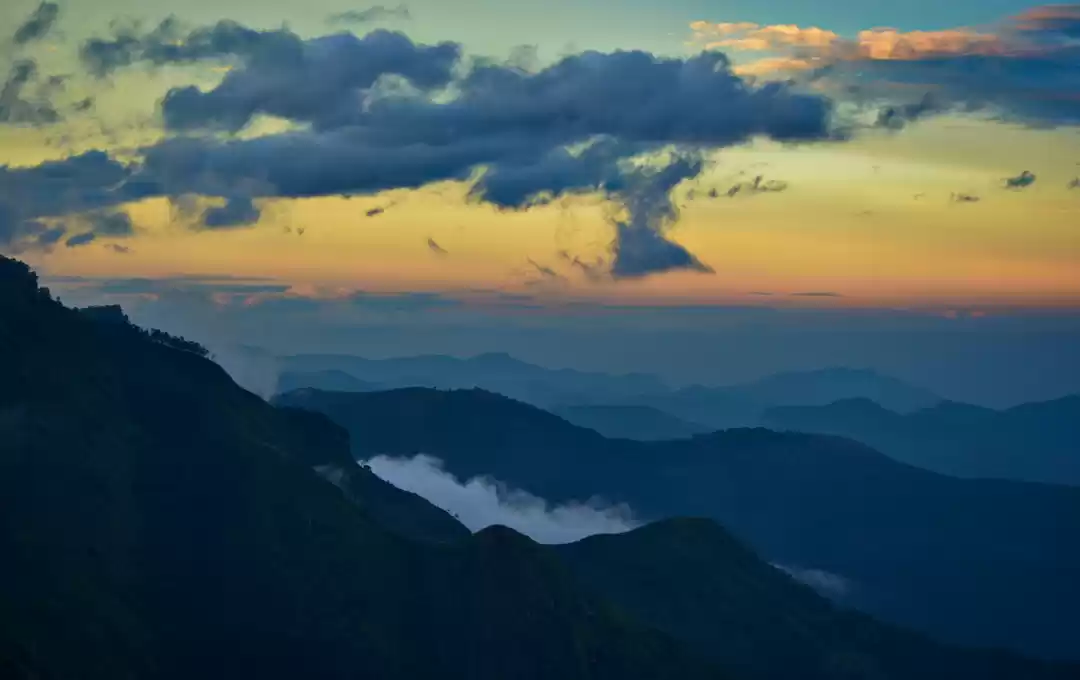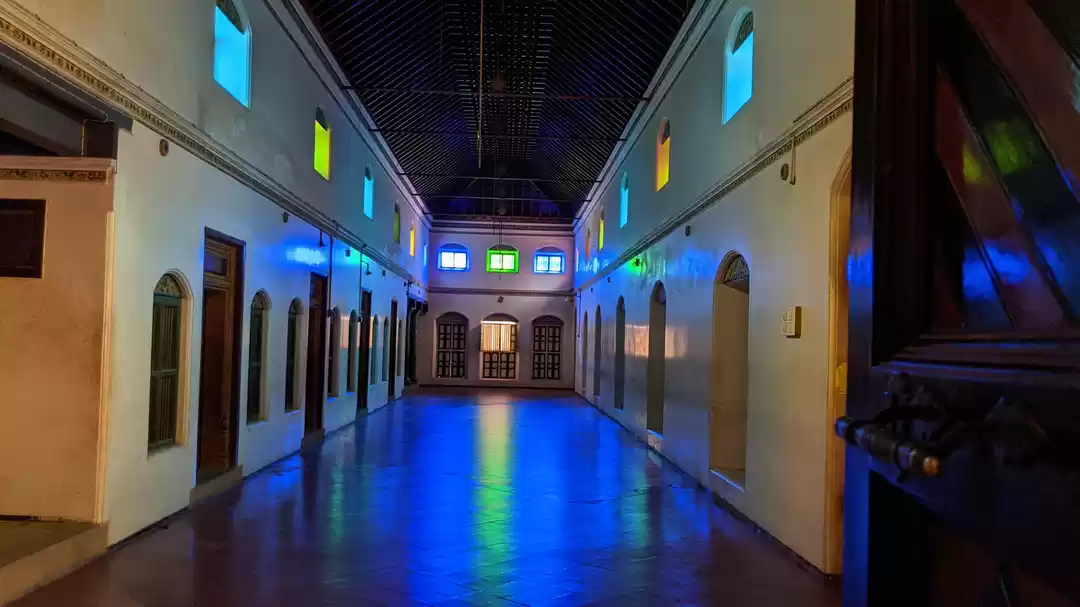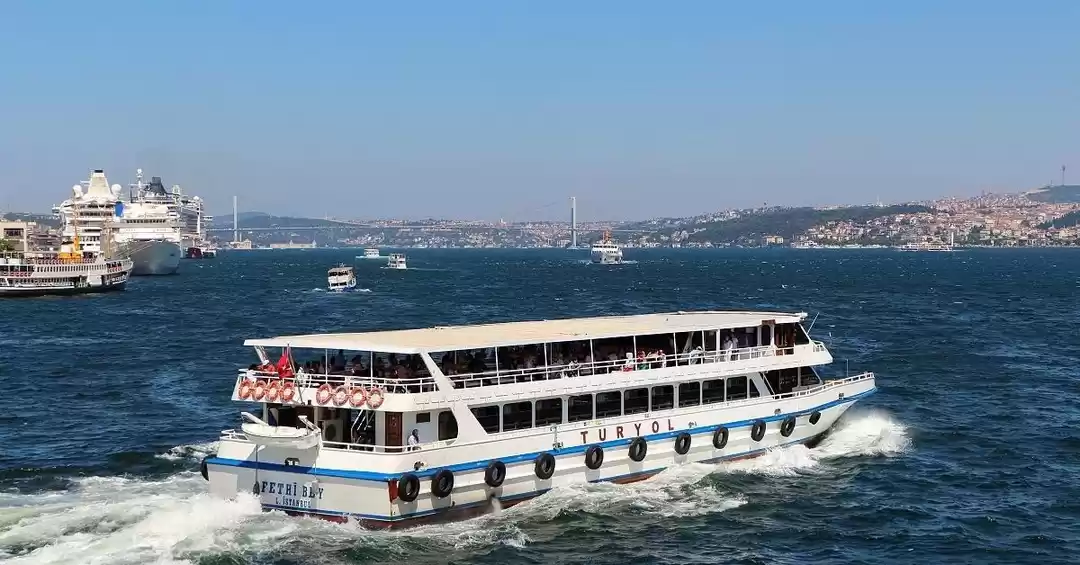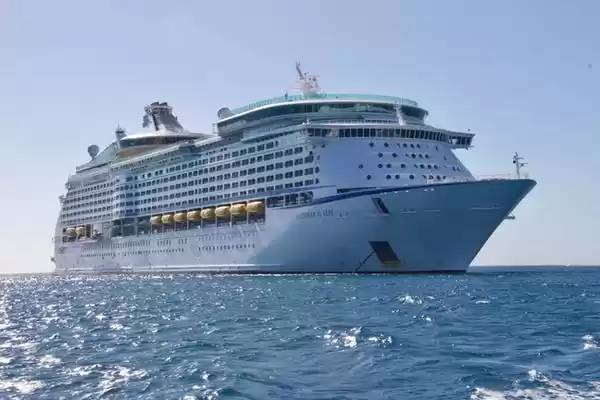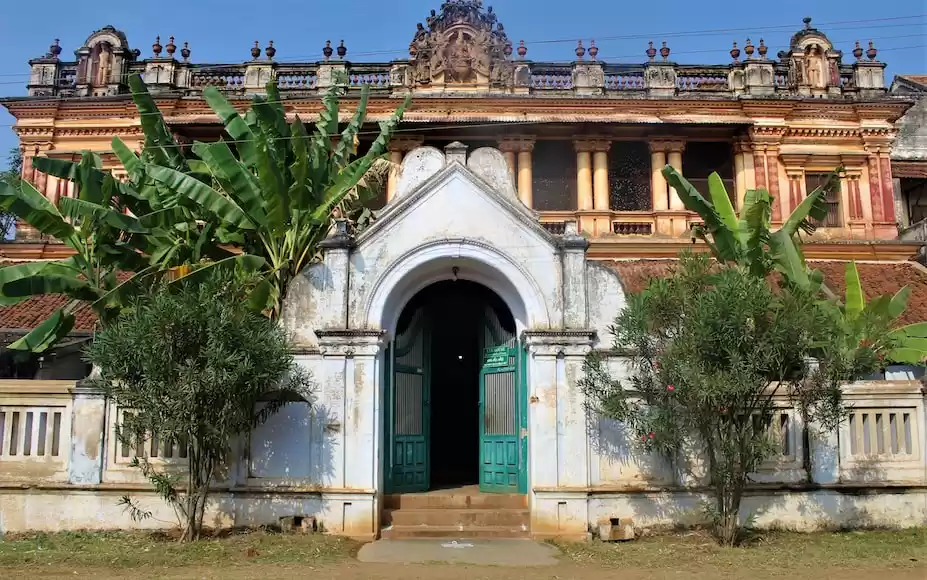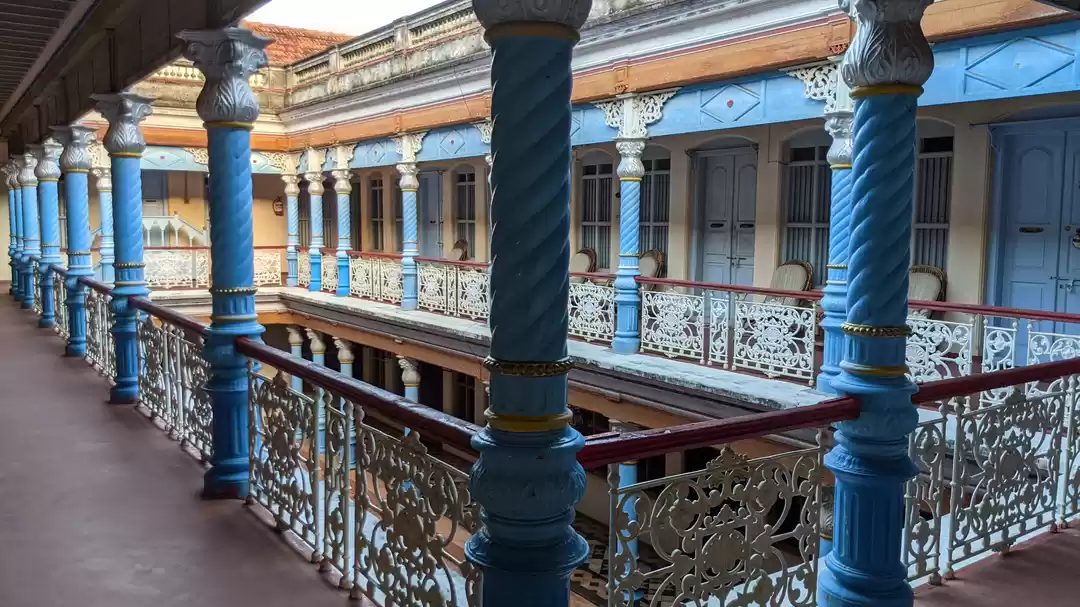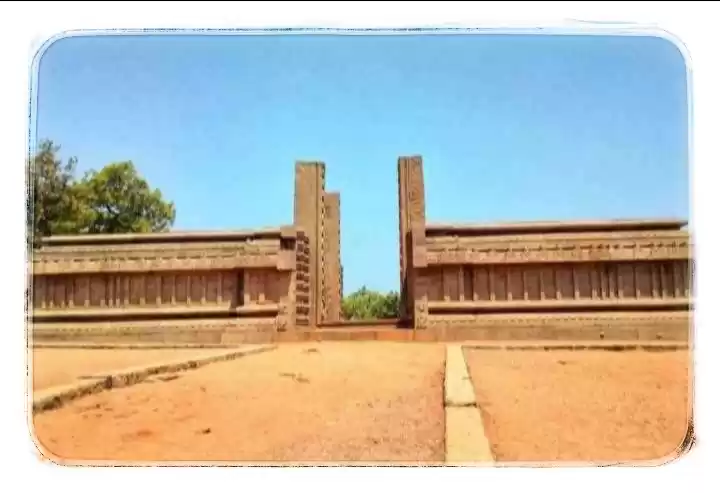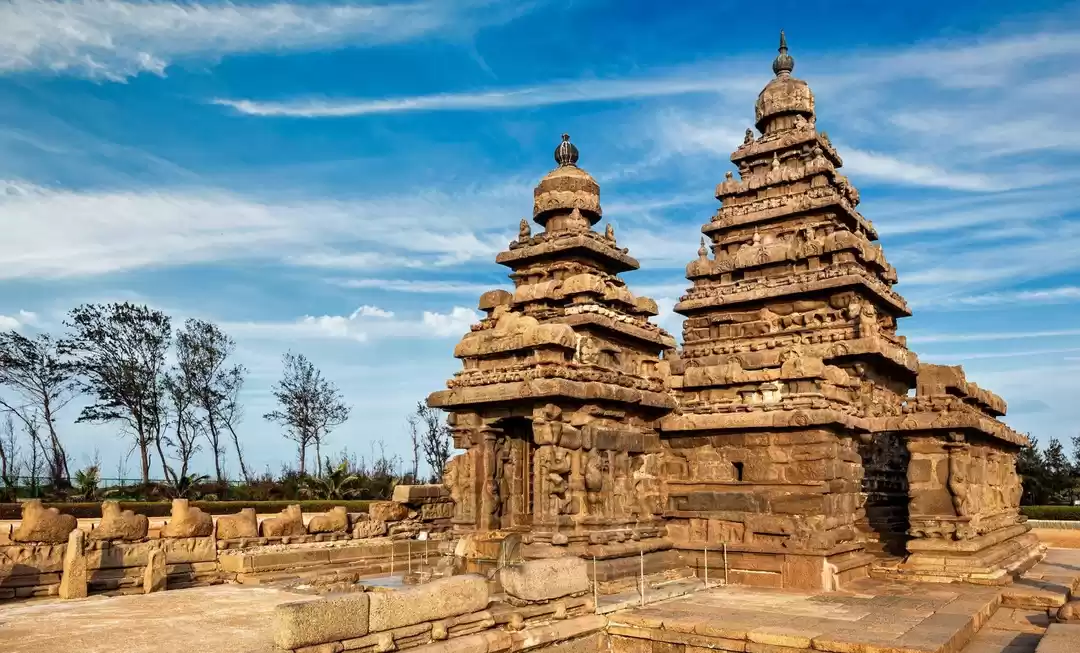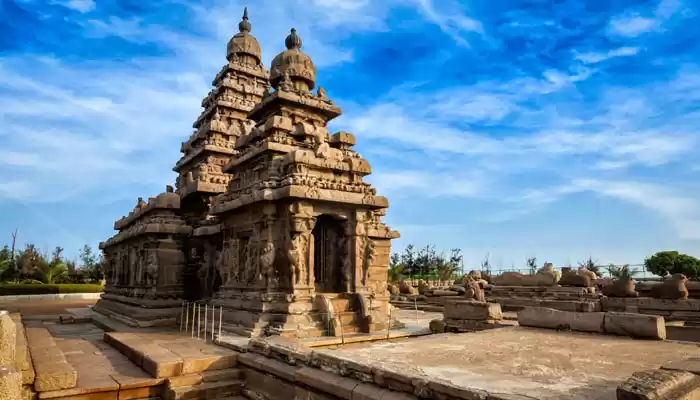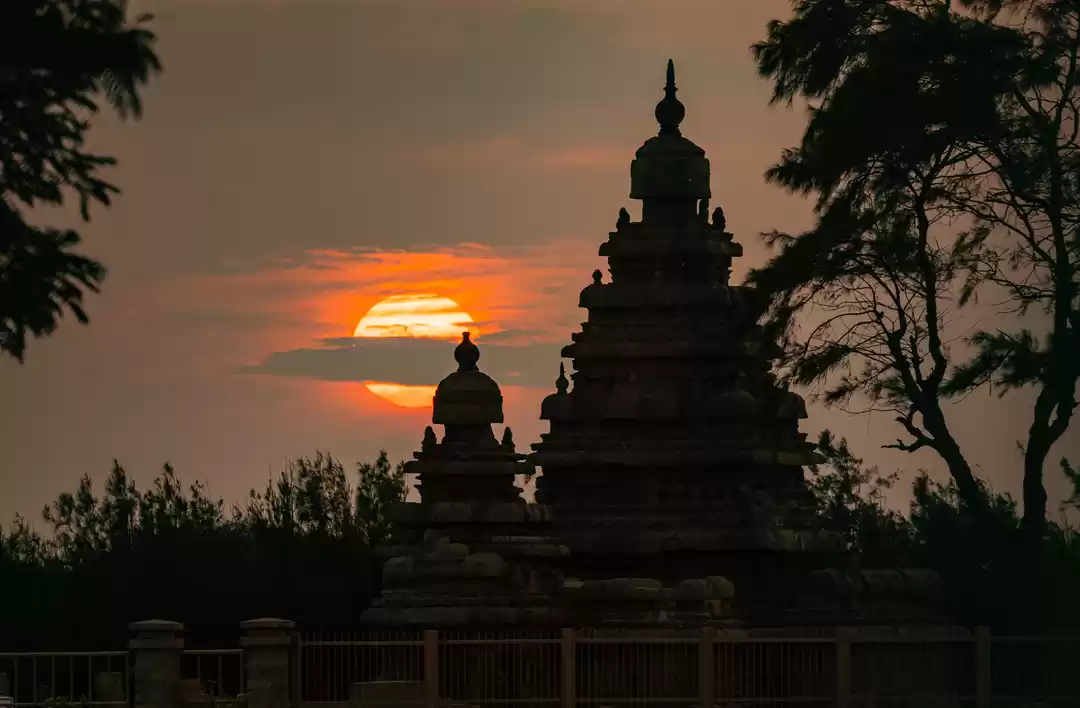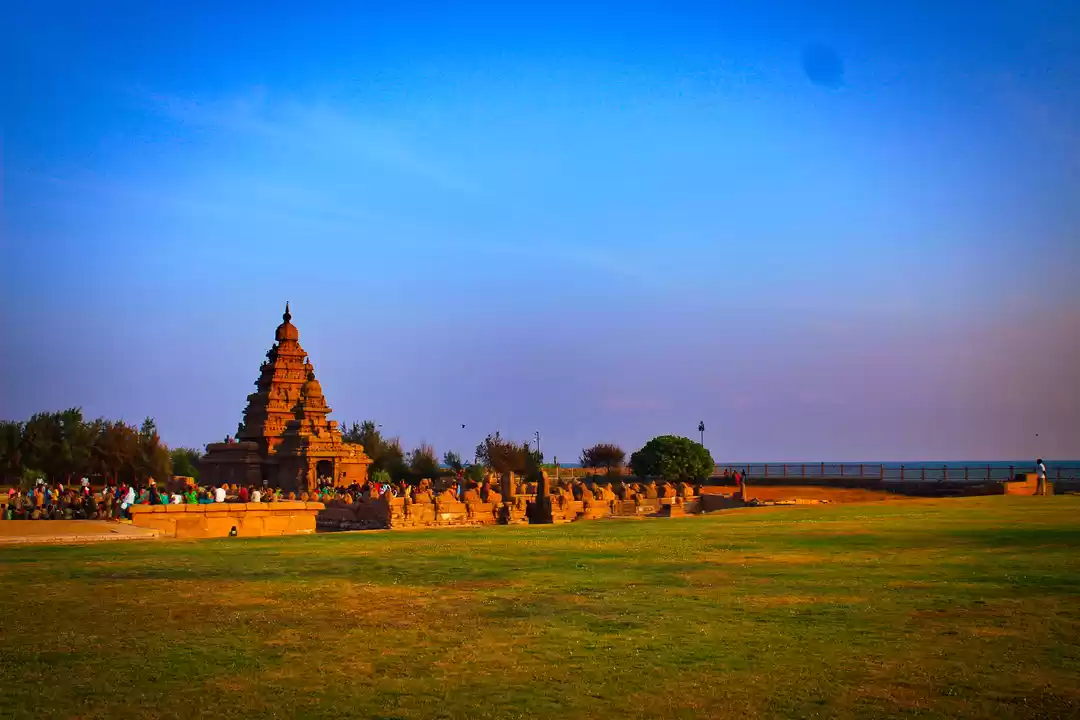



One thing that fascinates us whenever we travel to a place is the history behind it. The Good Friday weekend worked out well for us when we decided to head to the Coromandel Coast of The Bay of Bengal – Mamallapuram.
We decided to dig deep and look at how Mamallapuram came into being to what it is today through the annals avaiable. In this post, we look at Mamallapuram through the eyes of the Indian rulers.
One of the earliest references comes in a piece of early Tamil literature: Perumban-Arruppadai that talks highly of a local chieftain named Tondaiman Ilamtiraiyan (1st Century CE) as the ruler of Tondaimandalam with Kanchipuram as his capital. There is mention of a port with a lighthouse. With praises heaped on Mamalla from the 5th century onwards, it is likely that it was indeed the port mentioned in this text.
The famous Tamil Vaishnavite saint Bhoothathalvar (2nd Alvar, who is said to have been around between the late 5th and early 6th century) speaks highly of his native place Mamallai (‘ma’ meaning great and ‘mallai’ meaning prosperous port) and one finds reference of the Vishnu temple (the Sthala Sayanar Perumal Koil) located at the centre of the village, which actually predated the monuments built by the Pallavas. The temple is believed to be the birthplace of Bhootathalwar himself. The existing temple was rebuilt later during the reign of the Vijayanagara Empire. The venerated port has been a sacred Vishnu kshetra since then and is considered as one of 108 Divya Desams for Vaishnavites.
It was perhaps during the reign of Narasimhavarman I (son of Mahendravarman) that the name ‘Mamallapuram’ came into being. Narasimhavarman (7th Century BC) was a great wrestler (Mamallan) and shared his father’s love for art and architecture. He made the Pallava empire the strongest in the subcontinent and his famous victories included those over the Chalukyas (Pulakeshin II) and Sri Lanka. It was during his reign that the famed Chinese traveller Hiuen Tsang visited Kanchipuram. Narasimhavarman was succeeded by his son Mahendravarman II (668-672 AD) and then Paramesvaravarman I (670-795) who fortified the Pallava dominion over other rulers of the South.
However it would be under Narasimhavarman II aka Rajasimhan that Mamallapuram would truly become one of the most incredible places in India, giving South India its own jewel of the Coromandel of the Coast. It was during his rule that the cave temples, monoliths, open-air bas reliefs, shore temple and five rathas were constructed. Evidence of this exists in these structures as inscriptions that resonate his patronage. The inscriptions in some of these architectural marvels carry different names that belonged to this King. It was also during his reign that the Kalisanathar temple in Kanchipuram was constructed, which is quite similar to the temples of Mamalla. He is also credited with the Vaikunta Perumal and Airavateshwar/Jurahareshwar shrines in Kanchi.
There are incredible life-like portraits in the Adi Varaha Perumal Koil which depict the Pallava Rulers. On the southern wall stands a king with two of his queens excitedly pointing to the inner sanctum. Above the panel the name of the king is inscribed as “Mahendra Potradhirajan”. On the the northern wall is a king seated on a high throne flanked by 2 of his queens on either side. The title inscribed above reads “Simhavishnu Potradhirajan”. We unfortunately weren’t able to take a photo this to include here; there’s always a next time, I guess:)
Potradhirajan was used to describe the Pallava rulers during their times. Simhavishnu was another name for Rajasimhan. The two portraits point to Rajasimhan on the northern wall and his son Mahendravarman III on the southern wall. This is the clearest indication that both father and son were the famous patrons of the temples at Mamalla.
It is important to note that through the 7th Century and early third of the 8th Century (700-730 AD), the Pallava rulers held the upper hand over their enemies such as the Chalukyas. Also during their reign, trade with South-East Asia flourished and it was the bloodline of Simhavishnu who was ruling Kambujadesha (today the Cambodia-Vietnam region).
Matters at Mamalla changed when Rajasimha’s son Parameswaravarman ascended the throne in 728 AD. He was defeated and killed by the Chalukya ruler thus ending the Simhavishnu line of the Pallavas. Fearing the fall of their city to Chalukyas hands, the scholars, military generals and administrators undertook the journey to Kambujadesha to try and convince the ruler Harivarman to ascend to the throne at Mamallapuram. It was his youngest son Nandivarman II who accepted the throne.
Nandivarman II is often referred to in many inscriptions as the ruler who ascended the throne at the tender age of 14. Similar to his ancestors, he encouraged art and dance worships at the famous shrines and it was during his reign, an incredible opus on crime and punishment was written. The mention of Nandivarman’s reign and Mamallapuram is found in Tirumangai Alwar’s verses who sang in praise of the Sthala Sayana shrine and also the prosperous town of Kadal-Mallai (sea port). He won his conquests over the rulers of the Deccan with the help of his entourage from Kambhujadesa (specifically Udhayachandiran, his general) and the existing might of the Pallava Dynasty.
However, the decline of the Pallavas set in after the death of Nandivarman II in 795 AD when the kingdom fell to his son, Dantivarman (795-846 AD). The Pandyas reduced the Pallava territory to Kanchipuram and its surroundings. Although the downfall was curtailed during the reign of Nandivarman III, the slow defeat of the Pallava empire had set in. Nandivarman III, with the help of Rashtrakutas and Gangas defeated the Pandyas. His son Aparajitavarman entered into a treaty with the Cholas and ceded Thanjavur to Aditya I. Not satisfied just as the the ruler of Thanjavur and as a mere subordinate of the Pallavas, Aditya I attacked and killed Aparajita. This spelt the end of the Pallava rule in Tondaimandalam (North Tamil Nadu) and the whole of the Pallava kingdom now became part of the Chola territory.
Mamallapuram does not feature much under the Cholan kings until another great admirer of art and architecture came to power: The Great Raja Raja Cholan (985-1014 AD). He visited the seaport and named it after one of his titles, Janardhapuram. His inscriptions are found in slabs inserted in the base of the smaller Shiva shrine at the Shore Temple. The inscriptions dated 1010 AD mention the names of the two Shiva shrines in the Shote Temple: Rajasimha-Pallaveswara-griham & Kshatriyasimha-Pallaveswara-griham. Rajaraja also provided for the worship of the excavated Atiranachandha cave temple at Saluvankuppam. Mamallapuram once again received great impetus during his reign and it continued till the reign of his grandson, Rajendra II. Evidence of this is found in the Adi-Varaha cave, calling the temple a Parameshwara-Mahavaraha-Vishnu griham (Great Varaha temple of Parameshwara).
The next period of prosperity was under the Vijayanagara empire in the 16th century. The original Vishnu temple (Sthala Sayanar) which was earlier closer to the sea was rebuilt with the mandapas and enclosure wall by this empire, which is the shrine that we see today. The Adi-Varaha cave temple also received a mandapa in the front. The Krishna Mandapa which was originally an open bas-relief similar to Arjuna’s Penance also got a front manadapa and the Ramanujar mandapa was repaired.
By historical records, the Vijayanagara ruler also built pathway from the Vishnu shrine (Ananta sayanar) in the Shore temple to the sea and the mandapas which were used during festive times when the Lord was taken to the sea for immersion. This period also coincided with the Vaishnava resurgence and evidence of this can be spotted in certain cave temples where some of the Shaivite sculptures and inscriptions have been removed and instead, images of the Chakram and Shankha are inscribed.
The following post is where we will look at how Mamallapuram was seen in the eyes of Europeans and the famous Britishers who catalogued and deciphered the inscriptions we are privileged to see today.
This post was originally published on 'A Timeless Odyssey'.





